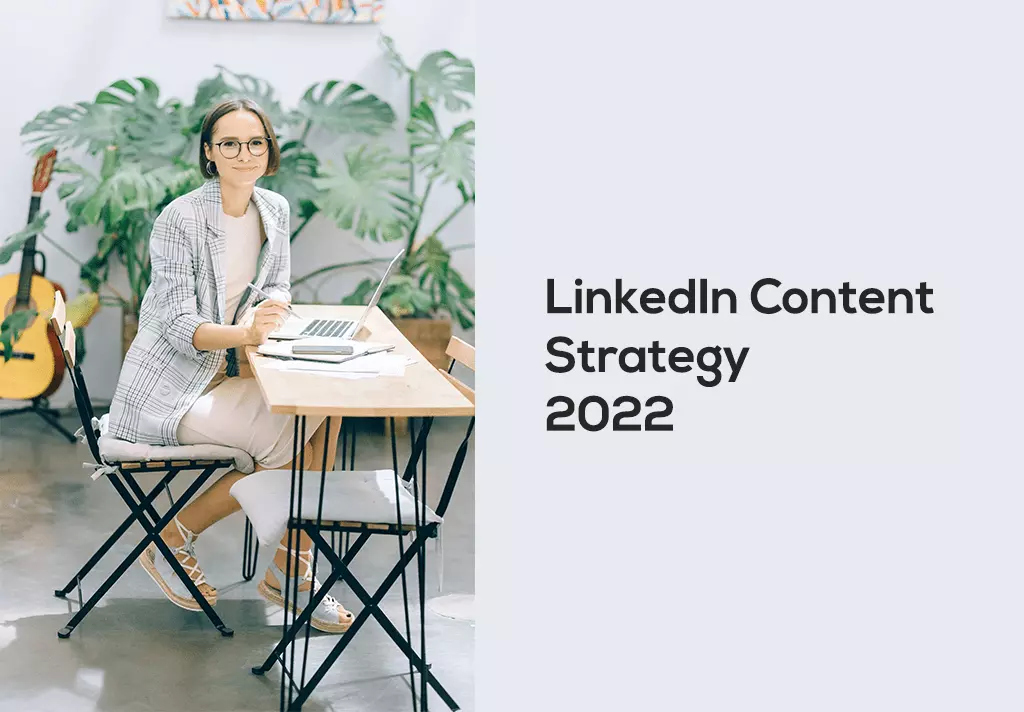LinkedIn is a business and employment-oriented online service that operates via websites & mobile apps. Launched by May 5, 2003, the platform is for career development and professional networking. It also allows job seekers to post CVs and employers to post jobs. It is a professional networking website. So hows does one create content for LinkedIn? LinkedIn recommends that all connections are potential professional and personal references.
What are the problems with LinkedIn?
- While LinkedIn mo advertises itself as a ‘social network,’ the network lacks a ‘social function.’
While users can create and share content, it takes the ability to take the time to do this. - It doesn’t have a direct support email address.
- LinkedIn users cannot access the professional networking platform through the android application. This app crashes when users try to open it.
How can solve a problem of LinkedIn marketing
LinkedIn is perfect for building connections for freelance work, a customer base, potential associates, or to keep your job possibilities open.
Joining LinkedIn to your marketing strategy can help you increase your network,
Also, find connections/consumers and create a professional image for you and your company, business, or brand. LinkedIn can give you contacts to help you get more work and other enormous business growing advantages as networking support.
Table of Contents
Understanding LinkedIn algorithm 2022

The algorithm determines what a user’s feed may look like or what types of posts from companies, people, and topics others will serve. The LinkedIn algorithm operates on a large scale. It may affect billions of posts per day. LinkedIn marketing is not a big deal if you know the algorithm. It doesn’t have to be an obstacle and can instead serve as a ladder to climb to the top of other homepages.
How does the LinkedIn algorithm work
The LinkedIn algorithm interprets likes, shares, comments, connection requests, and other engagement factors to determine engagement with another piece of content.
How to create content for LinkedIn

The content strategy represents the analysis activities, planning, and development of content and its dissemination. There are various factors to consider while creating a plan. One crucial factor is not underestimating social channels for content distribution.
There are six steps to creating a content strategy on LinkedIn.
Outline the reader profile
The first step is about finding who your target audience is? Whom do you want to attract on the page? What are the topics that an ideal user is most interested in viewing? And apply them
Define your target audience, and it is essential to think of recipients not only as a marketing subject. They are according to demographic and lifestyle data and as a reader. Suppose a user finds the content of value on social networks. In that case, they choose to interact with your brand by commenting, liking, and sharing the content with others.
Identify the primary objectives.
Creating a good content strategy on LinkedIn establishes the goals you want to achieve. Whether it is one of consideration or conversion, each objective corresponds to specific content and message that makes a communication strategy effective.
Once the objectives decided, we can move on to the third step of planning: Defining metrics
Define metrics
This phase is crucial because it will serve, at a later stage, to analyze the results achieved and improve the performance of the content strategy. In this perspective, we can identify some main metrics.
- Metrics to measure notoriety
- Metrics to measure the engagement
- Metrics to measure conservation
The choice of objectives and metrics to be monitored is necessary for the final analysis of the result obtained. All that remains is to set the editorial strategy and choose the type of content to be published.
Outline the editorial strategy
When we talk about editorial strategy, we refer to two main concepts identifying two different activities.
- The editorial plan is the social communication plan that includes the objectives, definition of organic and sponsored posts, graphic mood, and the roles and resources employed
- The editorial calendar, the list of content to be published, and the frequency of publication.
As for the frequency of publication, there are no predefined rules or a precise number of posts, although publishing too frequently could be counterproductive.
It would be best if you had already determined the most suitable time and days for publication by evaluating the insights of your target audience. In the specific case of LinkedIn, users tend to be more active during typing working hours.
Type of content
Let’s get to the heart of the content strategy: choosing content to publish. Content attracts users and brings them closer to the brand, whether organic or sponsored. The choice of types and their creation must be meticulous in offering relevant and quality information.
In social networks, where so many different types of content are present, creativity is the crucial element to standing out. You can publish a video, a case study, a company blog post, a survey, company news, host a live LinkedIn session.
You must capture users ‘ attention when you discuss and go deeper into a specific topic or present a new one regardless of what you choose.
Measure results
After defining the calendar and editorial plan created and publishing the content, all that remains is to measure the result obtained by analyzing the matrics we mentioned above.
Insights such as the demographic profile and number of followers of the page, the engagement rate for each post, and the website traffic generated by the LinkedIn post
It allows us to understand if the content strategy is adequate and the topics that viewers are most interested to see? Based on the result, you will need to change your system.
Finally, we must remember the constant need for information and news from users.
And the continuous evolution of the world of social networks means that a company’s content strategy must be frequently updated and improved.
Therefore, creating a successful content strategy requires a long-term commitment to deliver original and relevant content to attract, inform, and engage users.
10 ways to optimize the content on LinkedIn
It’s hard to know what to post on LinkedIn because it’s inherently more professional than other social media platforms like Facebook and Instagram. We tend to second guess before we hit publish, so we’ll discuss the framework and some ideas today.
1. Post content at optimal times
The optimal time to post on LinkedIn follows your working hours.
LinkedIn is a platform for professionals used to get jobs and used by hiring companies. The ideal time for posting content was before eight and after work, typically before 9 am and after 5 pm.
2. Grab the attention of the users with the first line of your content’s text
On LinkedIn, only 2-3%of people currently create content. Still, as more people join the platform, there’ll be increased competition, so you need to stand out. As most people are scrolling through their feeds, your primary goal is to give them a good reason to stop and take notice of your content
3. Include your main message early
When you’re creating your content, it’s helpful to stop for a second and ask yourself if your message is clear enough. You want your best knowledge or suggestions consumed from a glance. We can’t be sure that the text at the end of your content is finished unless we have confidence that the content provides some value.
4. Format your post to the space available
This tip may seem quiet, but it’s crucial. Different content looks different in your message.
You have five space lines available for text content but only three lines when posting videos, images, and Carousel documents.
For video content, you may want to consider having a color palette for personal branding,
So even at a simple glance, your audience knows it was your post.
5. Tag any person and business mentioned.
If you post features of a business or a person, be sure to tag them in the post for collaboration and employee advocacy. It will increase the likelihood of engaging with the content as they receive a notification about your post. If they comment on your post, that content will be shown to their audience, leading to more engagement and opportunities.
6. Provide as much value as you can
This one is a no-brainer! But again, it’s essential to stop and consider the values you are providing to your audience. A target with every post is to try and leave the viewer in a better position than previously.
7. Use three hashtags that are relevant to the content
Hashtags on LinkedIn work similarly to Twitter and Instagram-to categorize the content. Hashtags help the users find content on a specific desired topic. It will be great.
8. Always include a call-to-action (CTA)
You don’t want people to get on your content by chance. You should contact your audience with resources based on what they have already just consumed. Relevancy is essential, and if you take the time to consider what call-to-action matches the content, it’ll be far more effective and appreciated by your audience.
9. Provide additional resources in the comments
The comments section is ideal for extending the content you have created.
10. Engage back in the first hour of posting content
If somebody has given his time to leave a comment, make sure you get back to them! LinkedIn evaluates its quality when you post your content to see whether it should prioritize the content and serve it to more of your connections.
What to Post on LinkedIn to get noticed 2022
Industry news and research: sharing case studies and research studies relevant to your industry is a great way to engage LinkedIn users looking for this information. Users will appreciate the share, and if your company published the white paper or case study, even better.
Conclusion
This LinkedIn app helps in getting any job. A complete LinkedIn profile can help you connect with opportunities by showcasing your unique professional history through experience, skills, and education. You can also use LinkedIn to organize offline events, join groups, write articles, post photos and videos, and more.
Thanks a lot for your attention to our blog post. Let us know how you enjoyed it and what we missed in the comment section.
Keep the conversation going

Hi, i’m Akash shaw creator of Adsvast agency , Hello, I am a perfectionist with deep love for aesthetics,
a graphics designer with expertise in logo design and branding.
My only goal with Notamartwork is try to help others to freelancers to get jobs and learn how to do freelancing.
